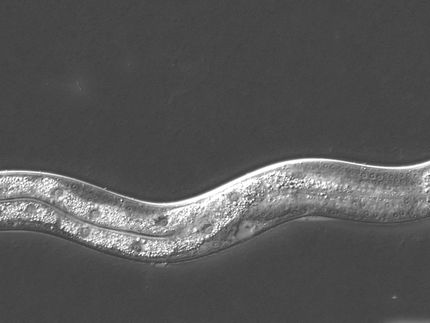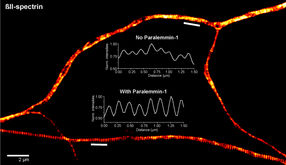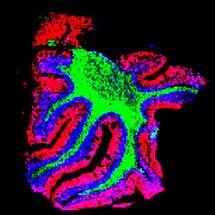Wageningen UR: Biological soil disinfestation increases asparagus production by 50 percent
Biological soil disinfestation as part of a narrow crop rotation can result in major increases in asparagus yield over a period of several years. This is the result of research performed by Wageningen UR's Applied Plant Research (PPO).
The biological soil disinfestation deployed at three farms in 2000 was still providing for a yield increase of over 30 percent in 2005 and 2006. "These significant increases in yield over a number of years show that biological soil disinfestation should be used more often," says PPO scientist Jan Lamers. Biological soil disinfestation is a major alternative for the use of Methyl bromide throughout the temperate zone to combat soil-borne diseases such as Fusarium spp, Verticillium and Rhizoctonia. Soil solarisation is another good alternative for the warm regions on earth.
The rotational rule usually applied is that asparagus crops can only be grown on a plot once every 30 years or once every generation of men. Due to the shortage of land and the benefits of working close to home, the option of growing asparagus more often has many attractions. Narrow crop rotation results in soil exhaustion, which then leads to a decline in life span for asparagus crops from eleven to six years. Previous Wageningen UR research showed that soil exhaustion with asparagus is mainly caused by two 'strains' of Fusarium: Fusarium oxysporum f.sp. asparagi and Fusarium redolens f.sp. asparagi. These fungi are spread by soil transportation and plant material.
Applied Plant Research and Wageningen University have previously developed a technique to disinfest the soil using green manure and an air-tight plastic covering. Deep digging in of the green manure and the isolation of the soil results in a low-oxygen environment, which causes the release of substances in the manure that control nematodes and fungi.
In 2000, PPO applied biological soil disinfestation at three farms and in an experimental field test. Soil tests showed that the Fusarium was significantly reduced but not completely eliminated. The newly planted asparagus crops, however, started to grow better on the decontaminated plots and thus elongated their life span. And less weeds grew on the treated plots.
Although the Fusarium in the treated soil seemed to have returned to the level of the untreated soil after several years, the yield was still higher than in untreated plots. The experimental field showed a yield increase of no less than 50 percent and the quality of the crops was also considerably improved. The weight of AAA asparagus was three times as high as the produce from untreated plots. Crop observations during the 2007 growing season show that the asparagus harvest may even be considerably higher in 2008.
Although farm fields with little Fusarium showed less pronounced positive changes, there were no negative effects. The method can therefore be pronounced as safe.
Other news from the department science

Get the life science industry in your inbox
By submitting this form you agree that LUMITOS AG will send you the newsletter(s) selected above by email. Your data will not be passed on to third parties. Your data will be stored and processed in accordance with our data protection regulations. LUMITOS may contact you by email for the purpose of advertising or market and opinion surveys. You can revoke your consent at any time without giving reasons to LUMITOS AG, Ernst-Augustin-Str. 2, 12489 Berlin, Germany or by e-mail at revoke@lumitos.com with effect for the future. In addition, each email contains a link to unsubscribe from the corresponding newsletter.























































